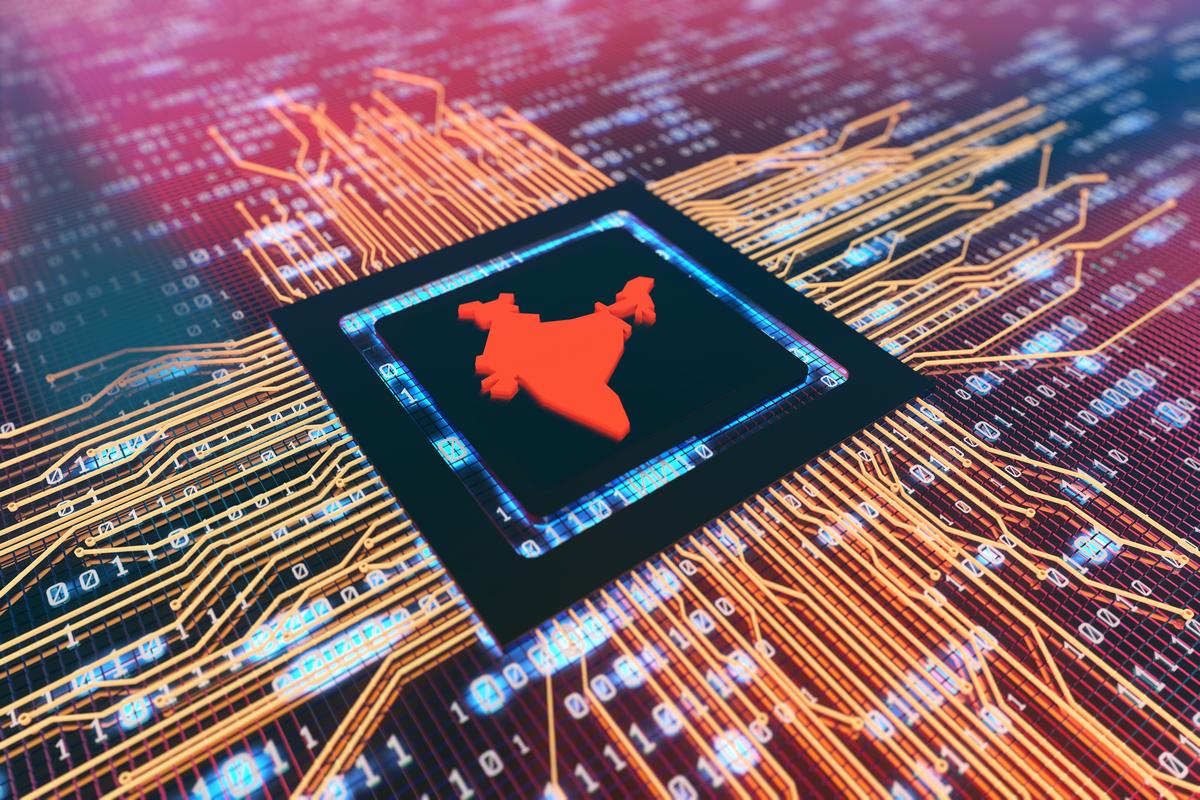Context
The Indian Information Technology (IT) services sector has been a pillar of India’s growth for nearly three decades — contributing significantly to exports, employment, and image as a global digital services hub. Next IAS+2Grip Invest+2
According to one estimate, the sector contributes about 7% of India’s GDP (FY 2024-25) though it employs only around 1% of the workforce. Next IAS+1
Recently, the sector is facing what many observers call a critical inflection point — or “crossroads” — arising from both global structural shifts and domestic challenges. The Economic Times+1
Why it’s at a Crossroads — Key Challenge Areas
The following are the major challenge-dimensions that together indicate why the Indian IT industry cannot simply continue on the same growth path.
1. Global Demand & Business Model Pressures
After the pandemic, Indian IT enjoyed super-normal growth (13-15% in some years) based on outsourcing and large manpower deployment. The Economic Times+1
Currently the growth has slowed. Clients are holding back on large outsourcing deals amid global economic uncertainty. The Economic Times
The traditional “body-shopping” or large scale manpower export model is under strain, as clients now demand higher value, faster turnaround, digital/ cloud/ AI capabilities rather than sheer cost arbitrage. Vajiram & Ravi+1
Changes in global policies (e.g., visa regimes such as H-1B in the U.S.) and localisation pressures are increasing the cost and limiting the cross-border mobility of Indian IT workforce. Next IAS+1
2. Technological Disruption & Skill Mismatch
Rapid rise of automation, cloud, generative AI, hybrid-cloud models means many legacy services are at risk. The Economic Times+1
Many mid-career professionals in the sector are found vulnerable because their skills (mainframe, legacy systems, routine coding) are becoming obsolete. Next IAS+1
Engineering education and training systems are lagging behind the needs of product-led, deep-tech services (AI, data science, cybersecurity). Vajiram & Ravi+1
3. Margin Pressure, Cost Pressures & Competitive Intensity
With commoditisation of many services and intensified global competition (emerging hubs in Eastern Europe, SEA, Latin America), margins are under pressure. Grip Invest+1
Clients are increasingly demanding cost optimisation, faster delivery, and outcome-based contracts rather than time-and-material models. This changes the business risk profile. The Economic Times
4. Shift from Services to Products, IP and Innovation
The industry historically focused on services (outsourcing, maintenance). Moving forward, competitive advantage will depend on proprietary platforms, intellectual property (IP), product development, and deep-tech capabilities. The Economic Times+1
Startup/product ecosystem and deep-tech (AI, blockchain, quantum) matter more now. The industry needs to reposition for these rather than purely manpower-led services. Next IAS
5. Domestic Ecosystem, Employment & Social Implications
The sector’s employment numbers are modest relative to overall workforce. As growth slows or shifts, there is risk of job dislocation for those with outdated skills. Next IAS+1
For aspirants in engineering/IT services, the future is less assured: quantity of jobs may not grow the way it did before, and quality/skills matter more. Vajiram & Ravi
Why This Matters for India
The IT sector has been a major export earner and soft-power lever for India. If growth slows, exports suffer, and India’s global tech positioning may weaken.
As India pursues digital transformation (domestic e-governance, fintech, digital payments, startup ecosystem), a weakening IT services base could impact delivery of such programmes.
Employment: Many youth aspire for IT careers—slowing growth or mismatch in demand-supply may lead to under-employment or structural shifts in employment absorbing capacity.
Fiscal and economic implications: The sector’s contribution to GDP, tax revenue, exports makes its health relevant to macroeconomic stability.
National strategic interest: As digital sovereignty, cyber-security, data localisation gain importance, having a strong domestic IT/tech capability becomes part of strategic resilience.
Roadmap: What Needs to Be Done
Given the crossroads, the way forward involves multi-pronged strategy involving industry, government, academia. Here are key points.
A. Upskilling and Reskilling
Large-scale programmes to upskill current workforce in AI, cloud-native, cybersecurity, data science. Example: major Indian IT firms already training hundreds of thousands. Next IAS+1
Reform engineering/technical education: shift from rote programming to innovation, design thinking, product mindset. Vajiram & Ravi
Support transition for mid-career professionals — retraining, redeployment, bridging legacy skill gaps.
B. Shift to High-Value Offerings & Product Ecosystem
Encourage IT firms to develop products, IP, platforms rather than only services.
Encourage deep-tech (AI/ML, quantum, blockchain) and vertical specialisation (for example, healthcare tech, fintech, manufacturing tech).
Support startup/scale-up ecosystem via policy incentives, funding, infrastructure.
C. Geographic and Segment Diversification
Indian IT firms should reduce over-dependence on traditional markets (US/Europe) and explore emerging markets (Asia-Pacific, Africa) and non-IT sectors (manufacturing, agriculture, public sector).
Also consider outsourcing/offshoring models with local delivery, near-shoring, and build stronger global delivery models.
D. Policy and Ecosystem Support
Government can provide incentives for R&D, innovation, product development.
Education-industry collaboration to align curricula with future demand.
Data governance, cyber-security, digital infrastructure must be strengthened to support advanced services.
Social safety nets and transition support for workforce disruptions (job losses, skill-mismatch).
E. Measuring Progress and Managing Transition
Recognise this is a shift from quantity-based scaling to quality-based growth — hiring fewer but higher-skilled roles.
Firms and policy makers must manage the transition so as to minimise large-scale socio-economic dislocation.
Monitor indicators: service exports growth, product/IP development, domestic value-add, employment patterns, margin trends.
Outlook: Risks & Opportunities
Risks: If Indian IT fails to adapt, growth may stagnate; employment aspirations may be disappointed; export dominance may erode; margins may compress.
Opportunities: If India aligns well, the country can leap to the next phase: be a global hub not just for outsourcing but for innovation, products, deep tech; capture higher value; contribute to “Digital India” and global tech value chain.
Many analysts believe the current slowdown might be partly cyclical (post-lockdown boom moderation) but could evolve into a structural shift if the industry does not transform. The Economic Times
Summary (for UPSC revision)
The Indian IT sector, once riding a high outsourcing wave, now stands at a crossroads because of global shifts (AI, automation, visa rules, new client demands) + domestic skill and business-model challenges.
The model of large-scale manpower deployment is becoming obsolete; the future lies in high-value digital transformation, product/IP-led growth, and deep-tech capability.
Key challenges: skill mismatch, margin pressure, competition, technological disruption, domestic employment implications.
Key responses: massive upskilling/reskilling, education reform, shifting to product-innovation, policy support, workforce transition mechanisms.
The outcome will determine whether India remains a global leader in IT services and transforms into a technology-led innovation hub—or settles for slower growth and reduced global relevance.







